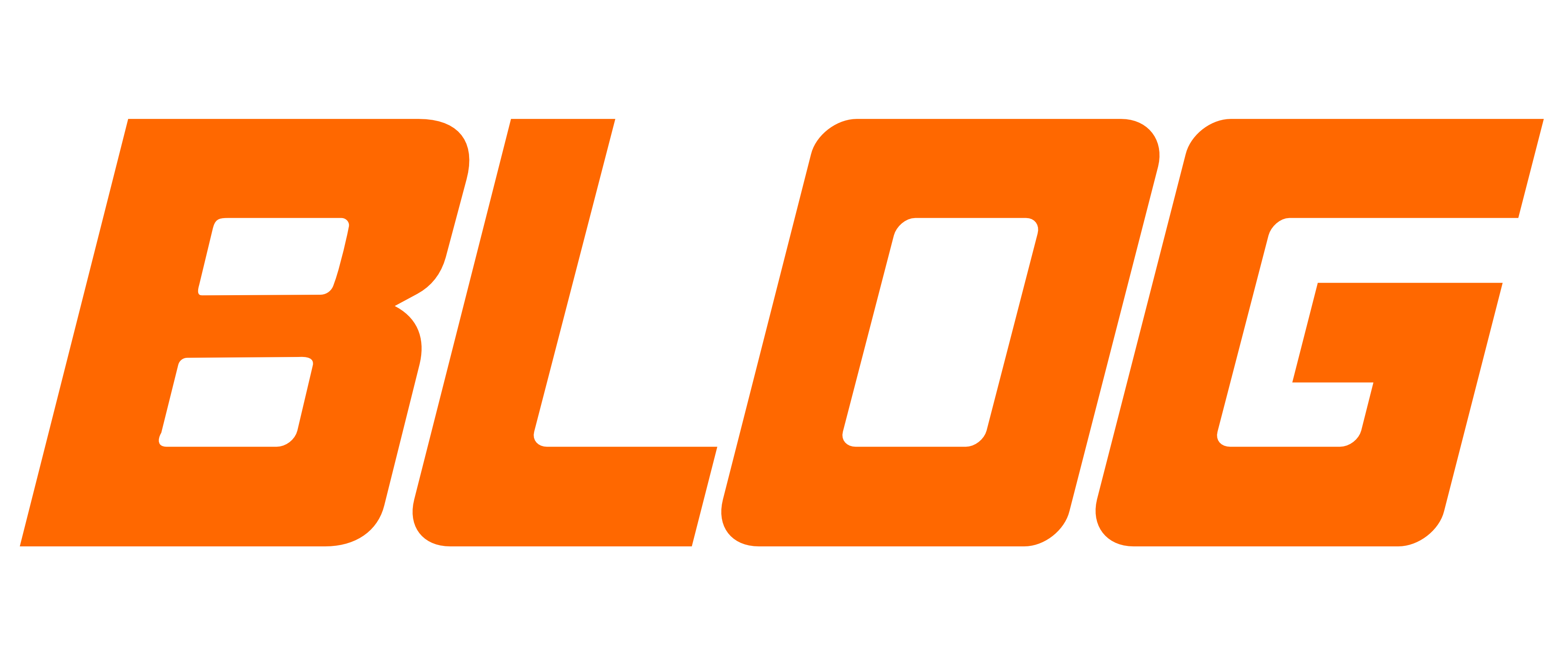
What is Google Panda?
Google’s recent announcement regarding the roll out of Panda 4.1 captured the attention of many website owners and online users instantly. The 27th Panda update is basically designed as a filter to identify and penalize websites with low quality content.
The last algorithm update, Panda 4.0, was released in May 2014. It was also designed to prevent websites with poor quality content from getting higher SERPS. So which websites did Panda 4.0 affect the most? Press release distribution websites and some medical, lyric, and game portals had lost a great segment of their search engine traffic.
What’s New and Different in Panda 4.1?
So what makes the latest update different from the previous algorithm? Well, according to Google, Panda 4.1 will not only be more specific, but will also allow small and medium sized websites with high quality content to achieve better search engine rankings.
Wondering why Google has called the latest update Panda 4.1? The search engine company itself called the previous algorithm Panda 4.0 and considered it an important update. Panda 4.1 makes absolute sense because it is numbered in the sequence that the company has released these updates. Simple as that.
New Opportunities or New Penalties?
Panda 4.1 brings both.
The rollout indicates that websites that were penalized by Panda 4.0 now have a great opportunity to emerge, provided they made the right alterations to their content. So if you own a small or medium sized website, were penalized by Panda 4.0, and made appropriate changes to your website, then Panda 4.1 will certainly let you know that you did the right thing.
However, the rollout also indicates that websites that were previously not penalized by Panda 4.0 might get impacted. If you’ve observed a sudden and noticeable decline in your website traffic since last week, you’ve probably been hit by Panda 4.1.
Before you get worried about this situation, consider making the right moves to restore your online ranking. Since the algorithm update is aimed at penalizing low quality website content, the best thing you can do to recover your ranking is consistently produce valuable, high quality content and eliminate poor quality content from your website.
Whether you delete or improve “thin” content, provide good links, or include social media share buttons in your website, make sure to do whatever you can to deliver your promises to your online users. After all, Google checks user engagement closely, and you would definitely not want to avoid the dirty Panda that is Panda 4.1!